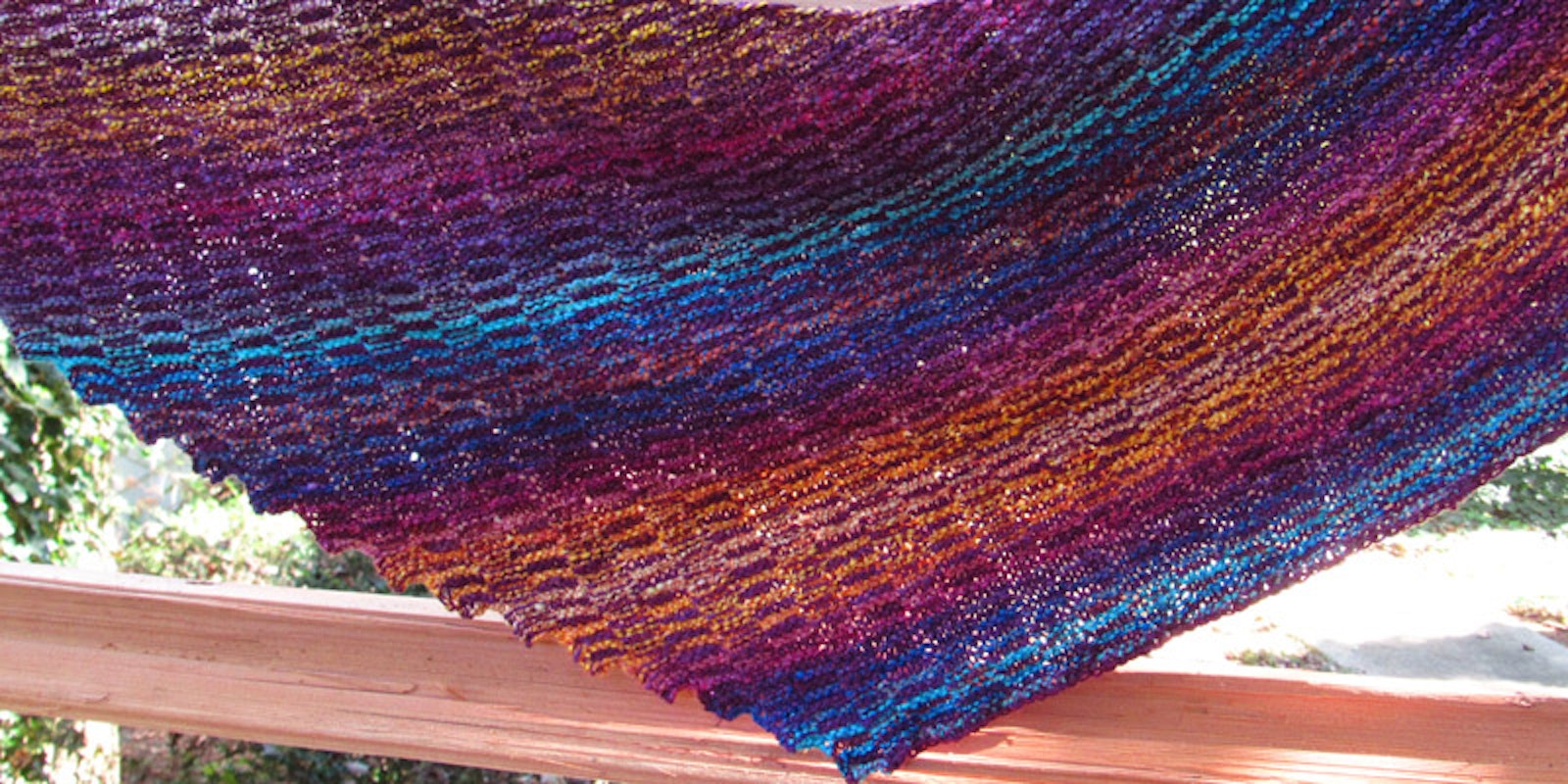What if I told you that you already possess the most vital element necessary for leveling up on your spinning skills? All you need is to put it to use. I’m talking about a skein (or two) of your own handspun yarn.
While spinning classes, videos, books, and the like are all invaluable, they cannot take the place of the lessons you learn by simply knitting, crocheting, or weaving with your own spun yarn. Within those stitches and setts lie the most essential of all spinning lessons, including:
- The differences in color/striping distribution between yarn spun as a fractal, plied from a center-pull ball, spun end to end and plied from two bobbins, etc.
- Whether you add enough, or even too much, twist to your yarn (and on which pass—singles or plying?)
- Whether you prefer working with yarn spun in the S or Z direction
- How preparing and/or spinning techniques can affect the intensity of color transitions in finished fabric
- How plying can be used to manipulate the colors the eye observes once stitched or woven
And so much more . . .
This pair of skeins coordinated but didn’t exactly match. How would they work in one project? Photos by Debbie Held
So when I needed two coordinating skeins of handspun in a hurry to test knit the Brillig shawl by Nim Teasdale, I reached for the only duo I had on hand: Happy Day and Eggplant, both dyed by the incomparable Mary Ann Pagano of Three Waters Farm. While I was completely confident that the pair would knit up well enough, I knew that I had yarns of slightly differing wraps per inch (WPI). The colorway Happy Day had been spun in my default “barely fractal” manner: one intact strip spun onto one bobbin; the other half, split vertically in half or into thirds, spun onto the second bobbin; then both plied together. Getting to see how the yarns would knit up, especially together, was as much fun as the knit itself. (For a different experiment with handpainted fiber, check out my Cladonia Shawlette.)
A friend said this looked like bacon and eggs, but I had faith.
The slightly different gauges of the yarns were not the least bit problematic during knitting, nor are they notable in the end result. The fact that the thinner yarn, the Eggplant colorway, was spun quite inconsistently was also not a bit noticeable. I am especially fond of the long double-gradient effect created by my fiber preparation.
I learned a great deal about my handspun, my way of spinning space-dyed hand-painted top, and using handspun for accessories knitting through this knitting project. From here, I can make intentional changes to my spinning for other shawl patterns I may want to knit.
Above all, while spinners have vast amounts of (incredible!) information available to us 24/7, we shouldn’t look past what is already at our fingertips.
There’s really no better teacher than your own handspun. Use it!
—Debbie
Featured Image: Brillig Shawl, designed by Nim Teasdale.



